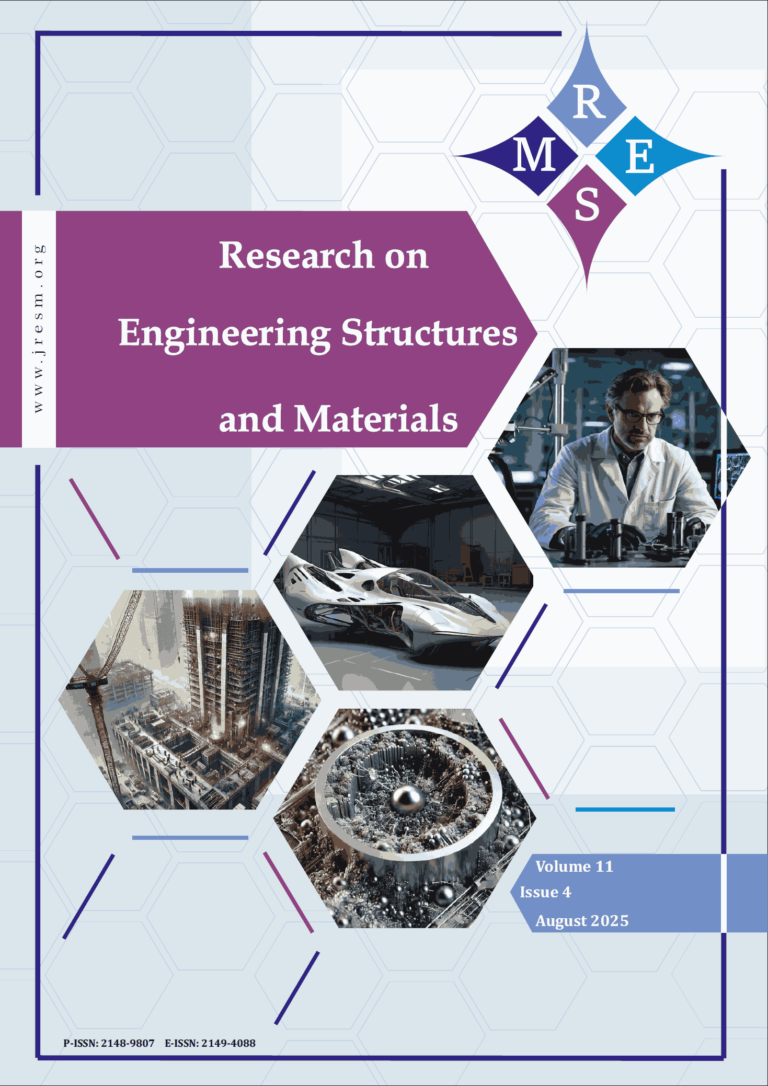In this study; based on energy-efficient design parameters, the effects of building design parameters on the energy consumption of the building were examined. Accordingly, a reference building has been created as an example of application in the hot-humid climate zone. In the process of modelling the building, BIM (Building Information Modelling) software Autodesk Revit was used. The model has been transferred to Green Building Studio (GBS) for energy performance analysis and evaluation of design alternatives. The parameters evaluated in terms of energy consumption of the building were selected from among the design alternatives produced by GBS, based on energy-efficient design parameters. As a result of the energy performance analysis of the reference building via GBS, the building’s annual electricity consumption is 35,137 kWh and the annual fuel consumption is 93,729 MJ. Based on the evaluation of selected design parameters as a result of reference building energy performance analysis; HVAC systems have been found to have the most impact on energy consumption (rates of changes; 36.83% in annual electricity consumption, 90.27% in annual fuel consumption). HVAC systems, selected to be highly efficient and suitable for climate type, have the potential to save significant energy in the amount of energy consumption throughout the life cycle. In addition to this, as of the early design phase, the energy efficient design of the building is of great importance in terms of a holistic evaluation and maximum energy efficiency.
